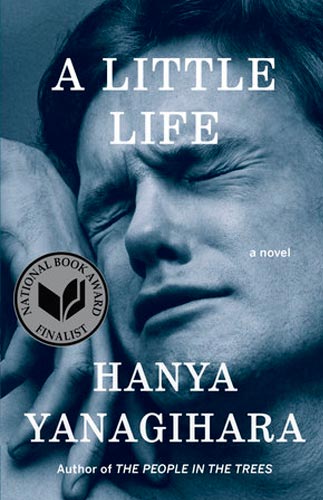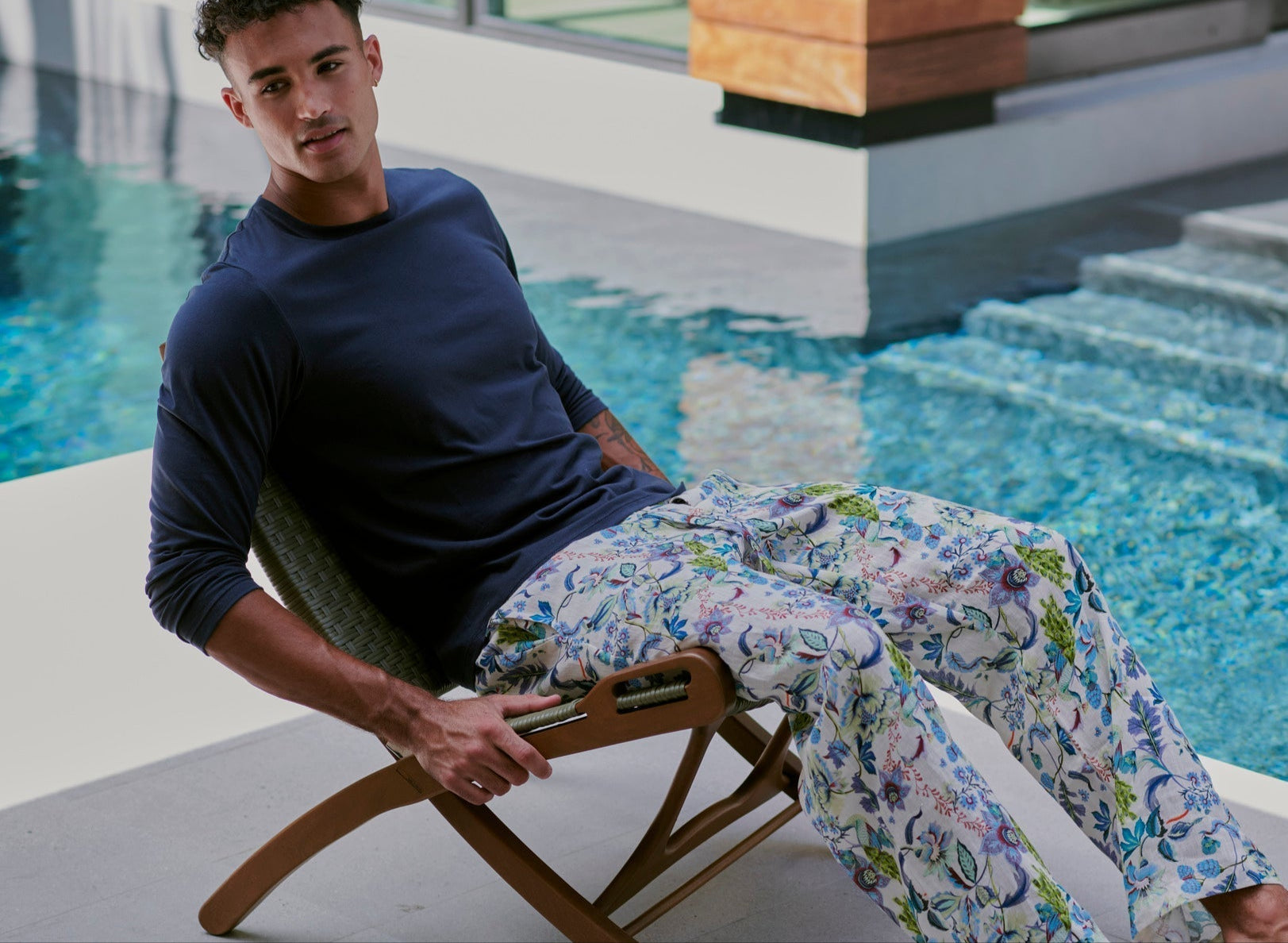We often conjure a soothing image. A lovely room, the morning light, a perfectly made cup of coffee, the taste of breakfast still lingering in the senses, the exquisite tactile effect of a luxury pajama, the body lounging, the eyes set on a book. It’s a beloved postcard for those who long the solitary hours conceded by the habit of being an avid and hungry reader.
From the outside, the eye will catch a silhouette idly curled up in a sofa or under the covers of a delicious bed. The reader, however, is always more than just a quiet body immersed in concentration. He or she is living another world, given by the words, traveling in space and time, summoning characters that are brought to life as the pages advance, caught in a myriad of thoughts and sensations given by the that one book that is feeding the spirit at a specific time.
Here is a list so that you yourself can conjure this beloved image.
- All About Love: New Visions, Bell Hooks
This compilation of essays by feminist icon Bell Hooks reflects on love in both the public and the intimate spheres. It explores the idea of reconsidering concepts we develop about loving and that installed in our imaginaries since childhood. She speaks about nurturing a sense of self-love, devoid from narcissism, which will allow peace and compassion in individualities, communities and societies. An illuminating take on a constantly questioned topic, that appeals to the idea that the personal, read as political, can breed processes of singular and collective healing.

- Becoming Beauvoir: A Life, Kate Kirkpatrick
How did writer, philosopher and feminist icon Simone de Beauvoir become herself? Why was she so often signaled as a thinker who merely effectuated her life-long partner Jean Paul Sartre’s philosophical views? This new biography uses unpublished material from letters and diaries to explore the complexities of one of the women who represents liberated womanhood. It captures the bravery and complexities of a woman and thinker who deserves to be studied at a time in which feminist politics and questions stir our cultural climate.

- A Little Life, Hanya Yanagihara
Nominated for the Booker Prize Award and the National Book Award for Fiction, this lengthy, modern-day classic novel made it to some of the most remarkable best-selling lists when first published in 2015. Described as “addictive” and “bleak”, considered by many as one of the best books they’ve ever read, this tale of male friendship, love, companionship, self-harm, trauma and recovery set over a life-span in New York, is a reminder of the ways in which pain and beauty can be powerfully entwined.

4. Normal People, Sally Rooney
Love in the times of capitalism can said to be one Rooney’s creative motifs. As The Atlantic put it: “Rooney is a self-described Marxist, and I suspect that she would enjoy Vanity Fair’s neat illustration of a point she makes in Normal People about the way books can function as cultural currency. “It was culture as class performance,” thinks a character at a reading, “literature fetishized for its ability to take educated people on false emotional journeys, so that they might afterward feel superior to the uneducated people whose emotional journeys they liked to read about.” The story aims to demonstrate how radical politcs can be executed and materialized in small scales. The best-selling novel was also recently converted into a Hulu series.

5. Yes To Life: In Spite of Everything, Victor Frankl
We are living in times that call us to see everything as an opportunity. Described in this manner, this book, written in 1946 and eleven months after being released from a Nazi concentration camp, renders Frankl’s extraordinary capacity to embrace life even if under the greatest of adversities. The conviction that “every crisis contains opportunity” seems to resonate greatly with the very historical circumstances we are facing, under the Coronavirus pandemic. Frankl’s conception, drenched with life and hope, resonates well with the spirit a lot of us need right now.

6. Fashion and Modernism, Edited by Louise Wallenberg & Andrea Kollnitz
Different scholars from a range of fields come together in this volume that renders the ways in which fashion and modernism intertwine historically. “Art and fashion have long gone hand in hand, but it was during the modernist period that fashion first gained equal value to – and took on the same aesthetic ideals as – painting, film, photography, dance, and literature. Combining high and low art forms, modernism turned fashion designers into artists and vice versa.” This sort of fashion theory is made for those looking to navigate the deeper waters in which fashion can be a source of intellectual reflection.

Bonus track:
A Woman Looking At Men Looking At Women, Siri Hustvedt
A dazzling collection of essays on art, feminism, neuroscience, psychology and philosophy, by the award-winning author.






